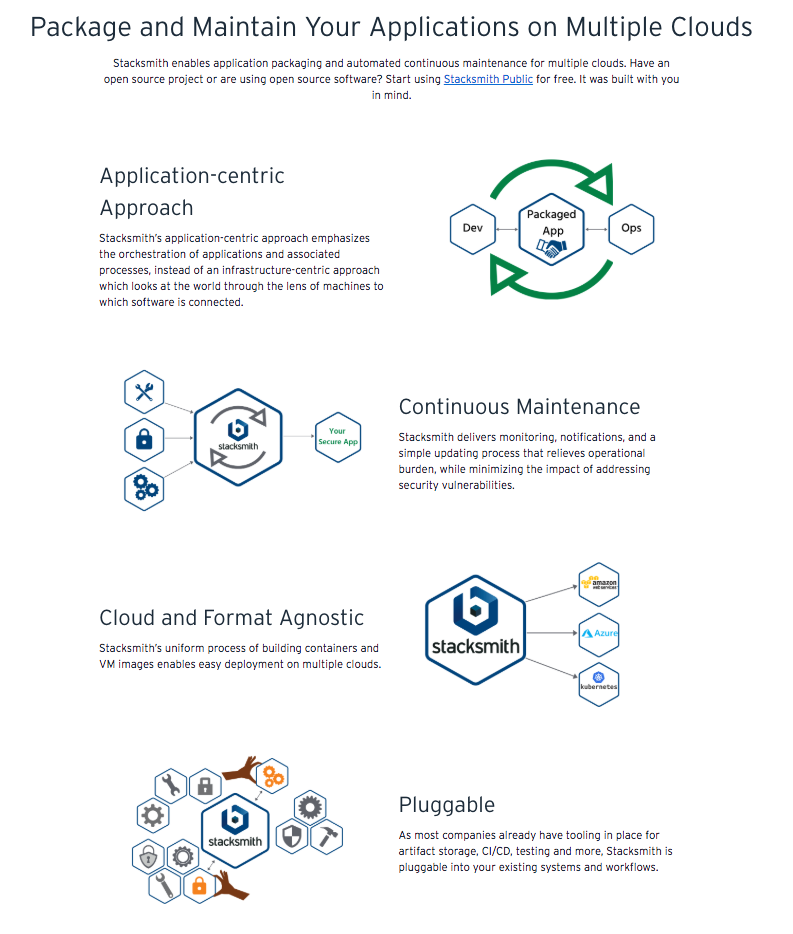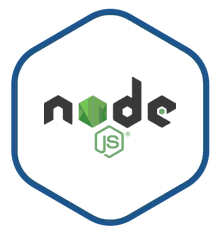Bitnami NodeJS Stack
Bitnami Application Catalog Find your favorite application in our catalog and launch it. Learn more about the benefits of the Bitnami Application Catalog. BitNami - Bitnami NodeJS Stack - HTML - Development - 107213 KB v 10.11.0-0 Bitnami NodeJS Stack Bitnami NodeJS Stack Native Installer is an easy-to-install distribution of the NodeJS applica.
Step 1: Create a new Node.js project
- I am new to node and following the excellent AWS Developer tutorial by Ryan Lewis. In that course we learn to deploy a Node.js application to AWS EC2 using the Bitnami Node.js image from the AWS Marketplace. To practice a bit I wanted to turn the app into a service using systemd, so that it comes back after a restart. However, after lots of.
- Node.js app stops working as soon as the AWS Lightsail's Bitnami console is closed 2 How do I configure a Bitnami Lightsail LAMP server to host a second web site?
First, create a new folder to store your Express projects, such as the /opt/bitnami/projects directory, and give write permissions for the current system user:
Then, to create a new Express application, initialize a new project as below:
The Express application can be started by using this command, and it will run on port 3000:
To access the application, browse to http://SERVER-IP:3000/. To end the application, terminate the running Express process.
NOTE: Access to the server on port 3000 may be blocked for security reasons. In this case, you must first create an SSH tunnel between your local system and the server before you can access the application. Follow these instructions.
Step 2: Daemonize your application with Forever to keep it running
Lisppad. The next step is to daemonize your application, so that it keeps running in the background.
This example shows how to use Forever, since it is bundled in the Bitnami installation. You can use other service managers such as PM2 or nodemon.
Step 3: Serve your application through the Apache web server
You can serve your application through the Apache web server by enabling a virtual host that connects to your application. To do that, follow the steps below.
Enable predefined virtual hosts for an Express application
The Bitnami installation comes with predefined HTTP and HTTPS virtual hosts for connecting to a Node.js application running at port 3000. To enable them, follow the steps below:
Copy the files to remove the .disabled suffix: Snapheal for mac.
Restart Apache for the changes to be taken into effect:
Create a custom virtual host
If the predefined virtual hosts are not available to you, or you prefer to apply a custom configuration, follow the steps below:
Bitnami Crm
Create and edit the /opt/bitnami/apache/conf/vhosts/myapp-http-vhost.conf file and add the following lines:
Create and edit the /opt/bitnami/apache/conf/vhosts/myapp-https-vhost.conf file and add the following lines:
Restart the Apache server:
Step 4: Create an HTTPS certificate for Apache

Bitnami Appname Stack

Bitnami Wordpress Stack
To learn how to create an HTTPS certificate for Apache, refer to the Auto-configure a Let’s Encrypt certificate section.
